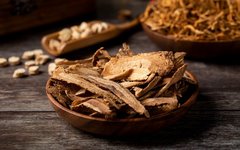Editor’s Note
The Si Wu Tang (Four Substance Decoction) is a classic formula in Traditional Chinese Medicine (TCM) for nourishing and replenishing blood, recorded in the Song Dynasty’s Tai Ping Hui Min He Ji Ju Fang. It is widely used for conditions related to blood deficiency in obstetrics and gynecology. Currently, during the cold winter months, patients who typically exhibit pale complexions and cold extremities may experience exacerbated symptoms, making this formula suitable for improvement.
Si Wu Tang Syndrome
【Origin】From Tai Ping Hui Min He Ji Ju Fang.
【Ingredients】
Dang Gui (Angelica Sinensis), Chuan Xiong (Ligusticum Chuanxiong), Bai Shao (Paeonia Lactiflora), Shu Di Huang (Rehmannia Glutinosa) in equal parts. Grind to a coarse powder, take 9 grams each time, decoct in water and take before meals.
【Pathogenesis】Deficiency and stagnation of blood, damage to the Chong and Ren meridians.
Symptoms and Pulse Diagnosis
Main Symptoms:Withered yellow complexion, pale and dull skin, and pale nails.
Accompanying Symptoms:Irregular menstruation in women, abdominal pain, or hard blood clots causing intermittent pain, or postpartum lochia not expelling, leading to masses in the lower abdomen, hardness and pain in the lower abdomen, intermittent chills and fever, dizziness, palpitations, insomnia, and numbness in the hands and feet.
Tongue and Pulse:Pale tongue, thin and weak or thin and choppy pulse.
Key Points for Syndrome Differentiation
1. The main symptoms must be present.
2. Any one group of accompanying symptoms along with typical tongue and pulse signs must be present.
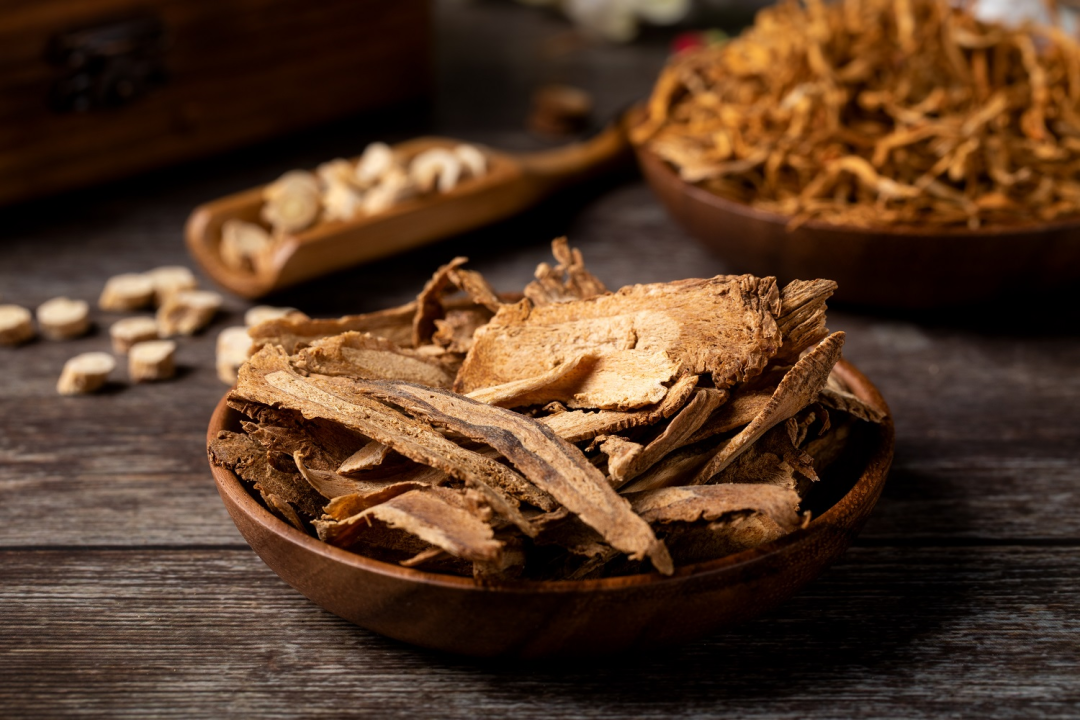
【Contraindications】
1. Use with caution in those with spleen and stomach deficiency, poor appetite, and loose stools.
2. Use with caution in those with yin deficiency and low blood.
3. Not suitable for those with excessive bleeding, weak breath, and a deep, thin, weak pulse indicating qi collapse.
【Syndrome Differentiation Questions】
In the Cheng Fang Bian Du, it is mentioned regarding Si Wu Tang that “all formulas for nourishing blood should be based on Si Wu.” Indeed, many blood-nourishing formulas are derived from this one, and their symptoms and pulse signs often share similarities.
1. Jiao Ai Tang Syndrome:Jiao Ai Tang is found in the Jin Kui Yao Lue, designed for deficiency and damage to the Chong and Ren meridians. Its symptoms in women include irregular menstruation, abdominal pain, and pale complexion, similar to those of Si Wu Tang. The difference is that Jiao Ai Tang focuses more on treating bleeding due to imbalance in the Chong and Ren meridians, such as excessive menstruation, prolonged bleeding, and blood deficiency causing fetal instability.
2. Sheng Yu Tang Syndrome:This syndrome is found in the Yi Zong Jin Jian, and similar symptoms such as irregular menstruation, pale menstrual blood, and pale complexion can be seen. Sheng Yu Tang is more suited for those with blood deficiency and qi weakness, clinically presenting with fatigue, weakness in the limbs, and other qi deficiency symptoms, distinguishing it from Si Wu Tang.

3. Ai Fu Warm the Uterus Decoction Syndrome:Found in the Ren Zhai Zhi Zhi. Ai Fu Warm the Uterus Decoction is designed for women with blood deficiency and cold, and its symptoms overlap with those of Si Wu Tang, including irregular menstruation and withered yellow complexion. The difference is that this formula has a more pronounced cold deficiency pattern than Si Wu Tang, often presenting with white discharge and prolonged infertility.
4. Tao Hong Si Wu Tang Syndrome:Found in the Yi Zong Jin Jian. Tao Hong Si Wu Tang is designed for blood deficiency with stasis, and its symptoms include irregular menstruation and lower abdominal pain, similar to Si Wu Tang. The key difference is that Tao Hong Si Wu Tang presents with pain that is sharp and accompanied by blood clots in the menstrual flow, distinguishing it from Si Wu Tang.
5. Qin Lian Si Wu Tang Syndrome:Found in the Za Bing Yuan Liu Xi Zhu. Qin Lian Si Wu Tang is designed for blood deficiency with excess heat, and its symptoms include early menstruation, dizziness, palpitations, and insomnia, which are similar to those of Si Wu Tang. However, this formula presents with significant internal heat, dry mouth, irritability, occasional tidal fever, early menstruation, and heavy, sticky menstrual flow, distinguishing it from Si Wu Tang.
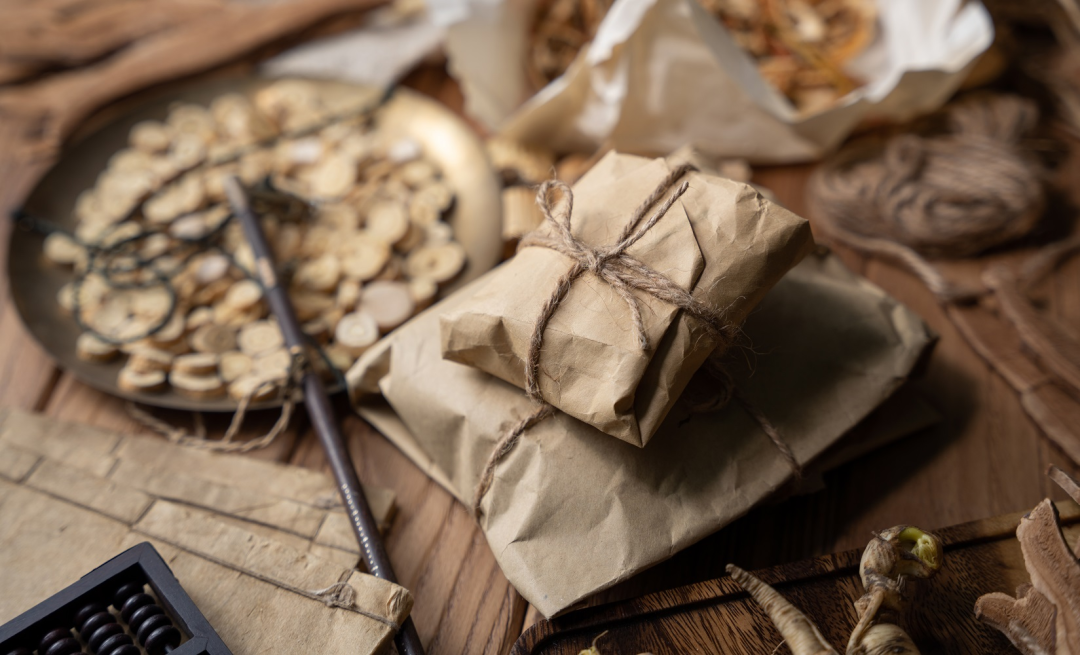
Clinical Applications
1.This formula is commonly used for blood deficiency and irregular menstruation, with clinical indicators being pale lips and nails, pale tongue, and thin pulse as key points for its use.
2. There have been reports of satisfactory results using this formula alone to treat urticaria and menstrual disorders in women.
3. Some have used this formula to treat neurogenic headaches with satisfactory results.
4. This formula can be used to treat malposition of the fetus in late pregnancy.
5. This formula is also used to treat various types of anemia. Experimental studies have shown that this formula promotes the maturation of reticulocytes.
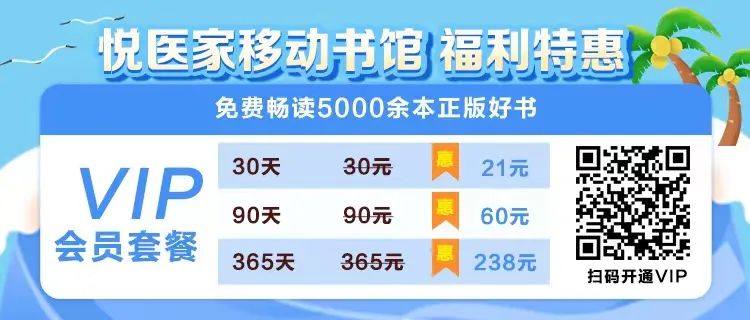
Case Study
Wang, female, 48 years old, part-time worker.
Initial diagnosis on May 14, 2020: The patient has experienced recurrent dizziness and fatigue for 2 years. As a part-time worker, her diet is irregular and nutritionally inadequate. She presents with a withered yellow complexion, dull skin, pale nails, and scanty menstruation. The tongue is pale and swollen, and the pulse is thin and weak. Sleep is average, bowel and bladder functions are normal, and there are no symptoms of dry mouth, bitter taste, aversion to wind, cold, or excessive sweating. Blood tests show hemoglobin at 9g/L.
Pathogenesis:Deficiency and stagnation of blood.
Diagnosis:Si Wu Tang syndrome.
Treatment Method:Tonify qi and blood.
Prescription:Shu Di Huang (Rehmannia Glutinosa) 15g, Dang Gui (Angelica Sinensis) 15g, Chuan Xiong (Ligusticum Chuanxiong) 10g, Bai Shao (Paeonia Lactiflora) 15g, Huang Qi (Astragalus Membranaceus) 50g, Zhi Mu (Anemarrhena Asphodeloides) 10g, Chai Hu (Bupleurum Chinense) 6g, Sheng Ma (Cimicifuga Racemosa) 6g, Jie Geng (Platycodon Grandiflorum) 10g.7 doses, 1 dose per day, decoct in 400mL of water, divided into morning and evening doses.
Follow-up on May 21, 2020: After taking the above formula, fatigue significantly improved, dizziness decreased, and complexion changed. The patient continued with the same formula for another 7 doses.
Follow-up on May 29, 2020: The aforementioned symptoms continued to improve. A repeat blood test showed hemoglobin at 12g/L, and the patient continued with the same formula for another month. Follow-up via phone indicated that symptoms had disappeared and her life returned to normal.
Commentary::Si Wu Tang, originating from Tai Ping Hui Min He Ji Ju Fang, is a classic foundational formula for nourishing blood and invigorating blood circulation. It combines blood tonification with blood activation, balancing both static and dynamic aspects, nourishing blood without causing stagnation, and promoting blood flow without harming blood.
This patient primarily presented with blood deficiency, unable to nourish properly. Qi and blood share a common source; when blood is insufficient, qi must be deficient. The formula nourishes blood and invigorates blood circulation while also tonifying qi, achieving the principle that “qi is the commander of blood, and blood is the mother of qi,” where qi and blood mutually support and generate each other. The addition of Huang Qi (Astragalus Membranaceus), Sheng Ma (Cimicifuga Racemosa), and Chai Hu (Bupleurum Chinense) revitalizes qi and generates blood, resulting in a remarkable increase in hemoglobin from 9g/L to 12g/L in a short period, which was unexpected.
Practical Application of Classic Formulas by Zhang Zhongjing
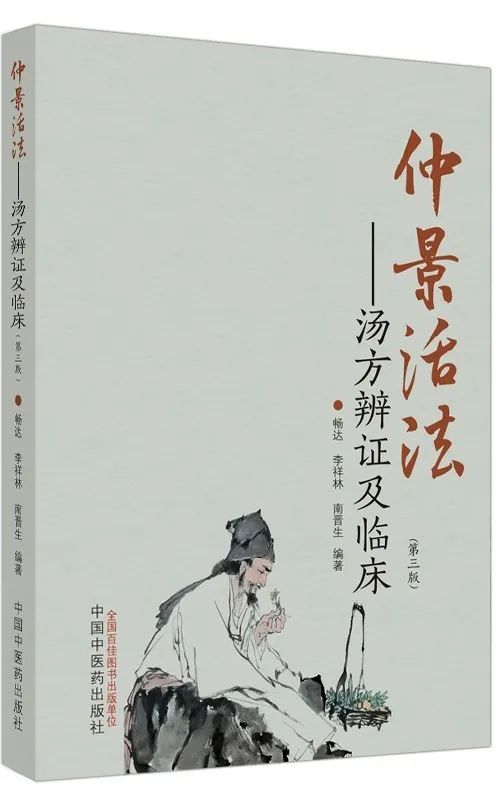

“Zhang Zhongjing’s Practical Methods: Syndrome Differentiation and Clinical Applications of Decoctions”
Click the cover to enter the Yue Yi Jia TCM Bookstore to purchase books
Scan to read for free
This book comprehensively organizes the important differentiation system of “decoction syndrome differentiation” established in the Shang Han Lun, which is commonly used in clinical practice but has not been fully recognized. The book presents 101 famous decoction syndromes (41 classical formulas and 60 contemporary formulas) for analysis and demonstration, discussing aspects such as the origin, pathogenesis, syndrome symptoms, diagnostic key points, contraindications, syndrome differentiation questions, clinical applications, formula composition, and case analysis, focusing on syndrome symptoms, syndrome differentiation questions, and clinical applications to help readers grasp the characteristics of decoction syndromes and apply them in clinical practice.
❖This article is for knowledge sharing only and does not constitute a recommendation or promotion of any medication or treatment, nor can it replace professional medical advice. For any medical needs, please consult and contact a legitimate medical institution.
Previous Recommendations
A month-long herbal formula to “reverse” fatty liver (participate in the interaction at the end for benefits)
Remember these 5 pairs of acupoints for visible anti-aging and beauty effects
Liu Shaokun: The original Shang Han Lun is the true foundation of health
Copyright Statement
Some content of this article is selected from Zhang Zhongjing’s Practical Methods: Syndrome Differentiation and Clinical Applications of Decoctions (published by China Traditional Chinese Medicine Press, edited by Li Xianglin and Nan Jinsheng), with final interpretation rights belonging to the original author. Published by Yue Du Zhong Yi (WeChat ID: ydzhongyi),Cover and images in the article are sourced from Shetu Network, with copyright belonging to the original author. If there is any infringement, please contact for deletion. Unauthorized reproduction is prohibited!
✦Editor:Wang Liying Lei Chang
✦Reviewer: Liu Zhe
✦Typesetting: Hu Jialin Guo Dongshan
✦For reprints, submissions, collaborations, and bulk book purchases: 17701086692 (WeChat ID)
Click“Read the Original Text” to purchase the recommended books in this article Share
Share Collect
Collect Click
Click View
View

